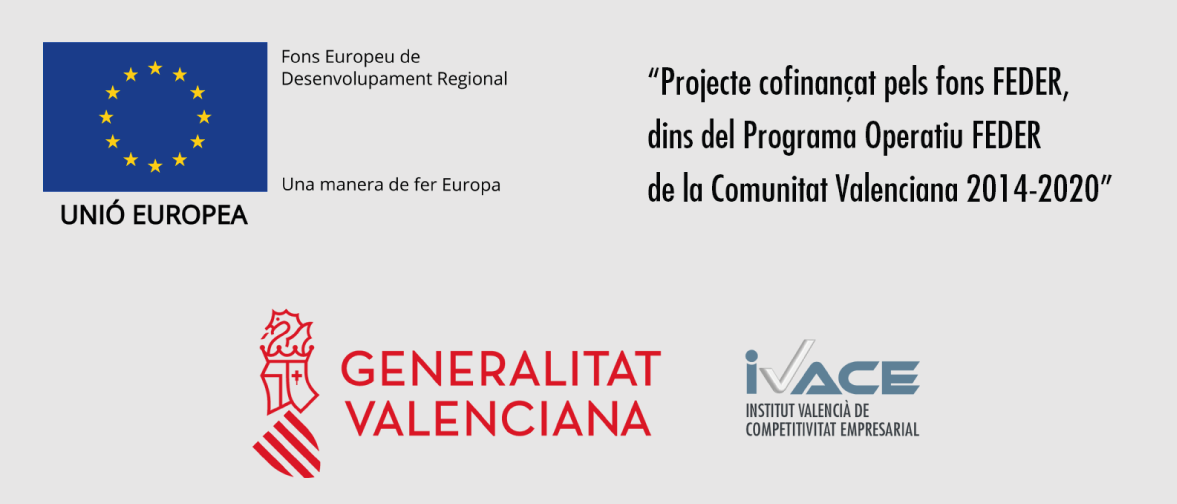2.7 - Annotation
The annotation step consists of annotating the functional effects to the called variants. VariantSeq uses the Variant Effect Predictor (VEP) of Ensembl (McLaren, et al. 2016) as a toolset for the analysis, annotation and prioritization of genomic variants in coding and non-coding regions. To start, SNP/Indels → Annotation → VEP - Variant Effect Predictor and proceed as proposed in Video 10.
Video 10. Annotating your called variants with the VariantSeq implementation of VEP.
|
Expected results from Annotation: When VEP is complete, you will receive a report in html format (web based) for each VFC file. This file can be opened with any internet browser or a new VCF file with the extension .txt including new annotations regarding the consequences of the variants.
To learn more about VCF file format please read carefully the following document https://samtools.github.io/hts-specs/VCFv4.2.pdf The expected results of this step are available in the following link Variant Effect Predictor (VEP) To know more about VEP see, https://www.ensembl.org/info/docs/tools/vep/index.html |
|---|

